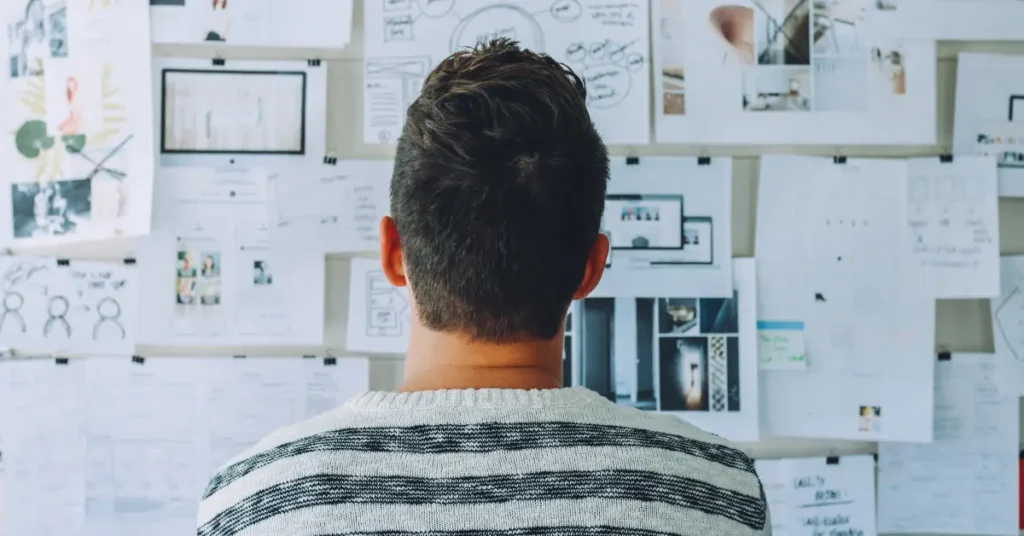The Psychology of Design: Crafting Environments for Positive Emotions and Impactful Experiences

Design is a powerful force that extends beyond aesthetics; it influences our emotions, behaviors, and overall well-being. The interplay between psychology and design is a fascinating exploration, particularly when it comes to creating spaces that have a profound impact on our mood. In this journey through the psychology of design, we’ll unravel the secrets behind crafting environments that evoke specific emotions and contribute to a positive and harmonious atmosphere.
Understanding the Basics: Form, Function, and Feeling
Before delving into the psychology of design, it’s essential to grasp the fundamentals of form and function. The aesthetics of a space, the layout, and the utilization of various design elements all play a role in shaping the ambiance. However, the most compelling aspect is how these elements collectively contribute to the emotional response a space elicits.
The Power of Color Psychology
Colors have an undeniable influence on our emotions. Warm colors like reds and yellows evoke feelings of energy and warmth, while cool colors like blues and greens promote calmness and tranquility. In a residential setting, a well-chosen color palette can transform a room into a sanctuary tailored to the desired mood.
For example, a bedroom adorned in soothing blues and greens fosters a serene and restful atmosphere, contributing to a good night’s sleep.
Lighting for Mood Enhancement
Lighting design is a subtle yet potent tool for setting the mood. Natural light has been linked to improved mood and increased productivity. In contrast, soft, warm artificial lighting can create a cozy and intimate ambiance, perfect for relaxation.
Consider incorporating adjustable lighting to adapt to different activities and moods throughout the day, from bright and invigorating in the morning to soft and calming in the evening.
Spatial Arrangement and Flow
The arrangement of furniture and the flow of space impact our perception and emotions. An open floor plan can create a sense of expansiveness and connectivity, fostering a positive and communal atmosphere. On the other hand, strategically placed partitions or cozy nooks can provide a feeling of privacy and comfort.
In a workspace, consider an open layout to promote collaboration and communication, while incorporating private corners for focused work.
Tailoring Spaces for Specific Moods
1. Productivity and Focus
Design Elements:
- Color Scheme: Energizing colors like shades of blue and green.
- Furniture: Functional and ergonomic furniture to support focus.
- Lighting: Bright, natural light for optimal visibility.
Psychological Impact:
- Promotes alertness and concentration.
- Reduces feelings of fatigue and monotony.
- Enhances cognitive performance.
Application:
- Ideal for home offices, study areas, and workspaces.
2. Relaxation and Serenity
Design Elements:
- Color Scheme: Soft, neutral tones and pastels.
- Furniture: Plush and comfortable seating arrangements.
- Lighting: Dimmable, warm lighting for a cozy atmosphere.
Psychological Impact:
- Induces feelings of calmness and tranquility.
- Reduces stress and anxiety.
- Enhances overall well-being.
Application:
- Suited for bedrooms, living rooms, and meditation spaces.
3. Social Interaction and Connectivity
Design Elements:
- Color Scheme: Vibrant and inviting colors.
- Furniture: Group seating arrangements and communal spaces.
- Lighting: Bright and welcoming lighting.
Psychological Impact:
- Encourages social engagement and communication.
- Fosters a sense of community and connection.
- Enhances positive social interactions.
Application:
- Effective in living rooms, dining areas, and entertainment spaces.
4. Creativity and Innovation
Design Elements:
- Color Scheme: Diverse and inspiring color combinations.
- Furniture: Flexible and adaptable furniture layouts.
- Lighting: Varied lighting sources to stimulate creativity.
Psychological Impact:
- Sparks imagination and innovative thinking.
- Creates an environment conducive to brainstorming.
- Enhances problem-solving abilities.
Application:
- Ideal for creative studios, design spaces, and collaborative work areas.
The Impact of Nature on Mood
Nature-inspired design, often referred to as biophilic design, draws inspiration from the natural world. The incorporation of natural elements like plants, natural materials, and views of greenery has a profound impact on mood and well-being.
Consider introducing potted plants, wooden accents, or large windows with nature views to bring the outdoors into your living or working space.
Personalization and Emotional Connection
Creating a space that truly resonates with its occupants involves personalization. The connection between individuals and their surroundings is deeply rooted in emotional ties. Personalized items, meaningful artwork, and cherished mementos can evoke positive emotions and create a sense of belonging.
Incorporate elements that reflect your personality, experiences, and preferences to foster a stronger emotional connection with your space.
Conclusion: Designing for Emotional Well-Being
As we navigate through the psychology of design, it becomes evident that our surroundings play a pivotal role in shaping our mood and emotions. Whether designing a home, workspace, or a public environment, the thoughtful consideration of color, lighting, spatial arrangement, and connection to nature can contribute to creating spaces that positively impact our well-being.
Designing with an awareness of the psychological aspects allows us to tailor spaces to specific needs and moods, fostering environments that enhance productivity, relaxation, social interaction, and creativity. As we continue to explore the symbiotic relationship between design and psychology, the potential for creating emotionally resonant and uplifting spaces is boundless. In the end, the true power of design lies in its ability to enrich our lives by influencing how we feel and experience the world around us.












